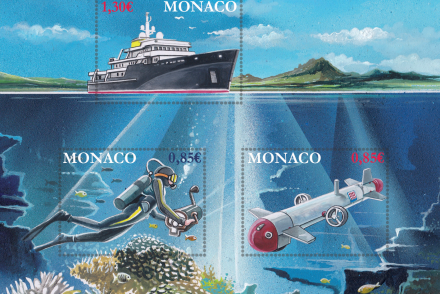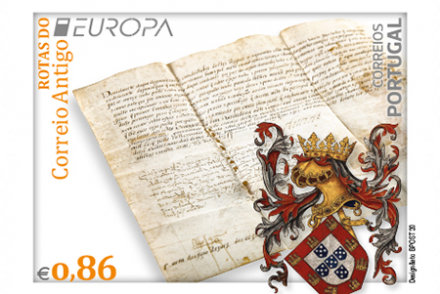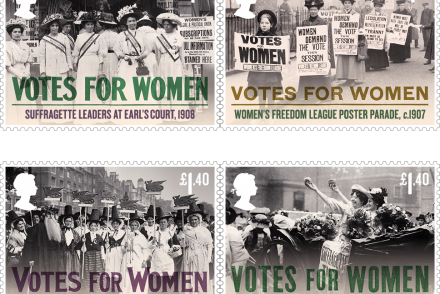Figures in Portuguese History and Culture
Portugal– The Jesuit priest, Manuel da No?brega, was born 500 years ago in San ns do Douro in Minho, Portugal. He studied canon law at the universities of Salamanca and Coimbra and joined the Society of Jesus. In 1549, King John III commissioned him to head the rst Jesuit mission to Brazil. There he dedicated himself to the conversion and education of the natives, of whose freedom he was a staunch defender. He founded the village of Piratininga which eventually became the city of Sa?o Paulo. He died in Rio de Janeiro. Francisco de Holanda, another prominent Portuguese figure of the 16th century Renaissance, was born in Lisbon, where he lived until he was 67. He was a painter, draughtsman, sculptor, historian, art critic, architect, philosopher and essayist. At the age of 20, also at the behest of King John III, he travelled to Rome as a scholar and met the master Michelangelo. He wrote on various subjects, authoring the rst essay on town-planning in the Iberian Peninsula.
It was literature that inspired the life of Raul Branda?o, born 150 years ago in Foz do Douro. Alongside a military career, he participated in movements of literary renewal and was a notable journalist. The oppression of the poorer classes is a constant theme in his work. He founded the Seara Nova movement in 1921 with Jaime Cortesa?o, Raul Proenc?a and Aquilino Ribeiro. Hu?mus, published in 1917, was his masterpiece.
That same year, the painter and professor Ju?lio Resende was born. He studied at the School of Fine Arts in Porto and taught at many schools and universities. A tireless traveller, he worked almost until the end of his life at the age of 93. His award-winning work includes painting, screenprinting and engraving, stained glass, illustrations, sets and costumes. The tile panel at the Jardim Zoolo?gico metro station in Lisbon is of his authorship. In the town of Valbom, Gondomar, he created the Lugar do Desenho Foundation.
Teaching was also the central activity of the mathematician and historian Lui?s de Albuquerque. He graduated in Mathematical Sciences and Geographical Engineering and soon after began teaching in Coimbra. He also taught both Mathematics and History of Portuguese Discoveries and Expansion in Lisbon, France, Mozambique and Cape Verde. The series Portugal no Mundo [Portugal in the World] which he edited is a particular stand out in his bibliography. He was one of the promoters of the prestigious Portuguese School of Linear Algebra. He retired in 1987, ve years before he died.
It was also the fascination for History – in this case of Literature and Culture – that guided Anto?nio Jose? Saraiva. Born in Leiria in 1917, he obtained a doctorate in Romance Philology. As part of the opposition to Salazar’s Estado Novo regime, he went into exile in France and Holland. He returned after the Carnation Revolution in 1974, taking up the position of professor at the University of Lisbon and Universidade Nova de Lisboa. A Histo?ria da Literatura Portuguesa [The History of Portuguese Literature] is one of his most famous works.
The book was co-authored with O?scar Lopes, who he had met in 1940 during a teaching internship at a high school in Lisbon. Of the same generation, they also had similar tastes in philology and political ideology. A literary critic, linguist, professor and a great connoisseur of music, O?scar Lopes collaborated with the magazines Seara Nova and Ve?rtice and published, among many titles, the Grama?tica Simbo?lica do Portugue?s [Portuguese Symbolic Grammar]. A militant communist, he was twice arrested. He lived to be 95 years old.
Maria do Ce?u Novais
Issue Date: 27.04.2017
Designer: AF Atelier
Illustrator: Luiz Duran
Printer: INCM
Process: Offset
Size: 30,6 x 40 mm
Values: N20g, A20g, E20g, I20g




